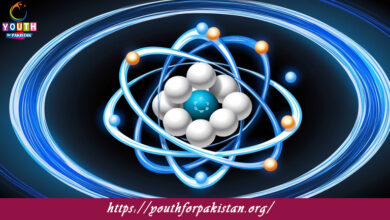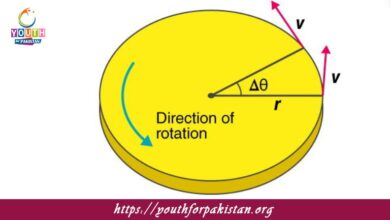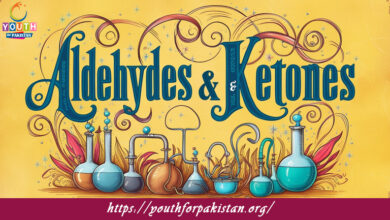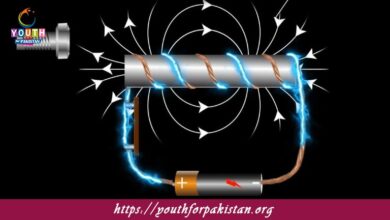Support & Movement MDCAT MCQs with Answers
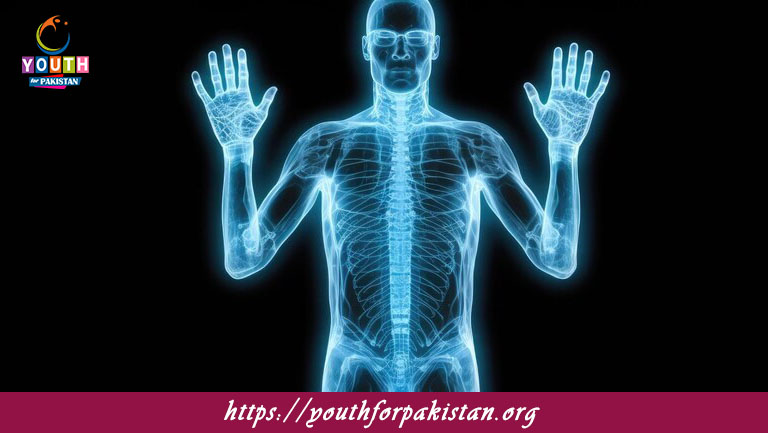
Welcome to the Support & Movement MDCAT MCQs with Answers. In this post, we have shared Support & Movement Multiple Choice Questions and Answers for PMC MDCAT 2024. Each question in MDCAT Biology offers a chance to enhance your knowledge regarding Support & Movement MCQs in this MDCAT Online Test.
The type of tissue responsible for the movement of body parts is:
a) Connective tissue
b) Muscular tissue
c) Epithelial tissue
d) Nervous tissue
The functional unit of a muscle fiber is:
a) Myofibril
b) Sarcomere
c) Actin
d) Myosin
Which ion is essential for muscle contraction?
a) Sodium
b) Potassium
c) Calcium
d) Magnesium
The type of muscle found in the heart is:
a) Smooth muscle
b) Skeletal muscle
c) Cardiac muscle
d) Voluntary muscle
Which protein binds with calcium during muscle contraction?
a) Tropomyosin
b) Troponin
c) Myosin
d) Actin
Muscles are attached to bones by:
a) Ligaments
b) Tendons
c) Cartilage
d) Fascia
Which type of muscle is under voluntary control?
a) Smooth muscle
b) Cardiac muscle
c) Skeletal muscle
d) Involuntary muscle
Which of the following is NOT a function of the skeletal system?
a) Support
b) Protection
c) Blood cell production
d) Digestion
Which type of joint allows for the widest range of movement?
a) Hinge joint
b) Pivot joint
c) Ball-and-socket joint
d) Gliding joint
The bone cells responsible for bone formation are:
a) Osteocytes
b) Osteoclasts
c) Osteoblasts
d) Chondrocytes
Which of the following bones is part of the axial skeleton?
a) Femur
b) Humerus
c) Skull
d) Tibia
Which muscle protein hydrolyzes ATP during contraction?
a) Actin
b) Troponin
c) Myosin
d) Tropomyosin
Which is the longest bone in the human body?
a) Radius
b) Tibia
c) Femur
d) Humerus
The basic contractile unit of a muscle is called:
a) Myofilament
b) Sarcomere
c) Sarcoplasm
d) Sarcolemma
The junction between two bones is known as:
a) Cartilage
b) Ligament
c) Joint
d) Tendon
Which part of the skeleton consists of the skull, vertebral column, and rib cage?
a) Appendicular skeleton
b) Axial skeleton
c) Pectoral girdle
d) Pelvic girdle
Which protein is responsible for the elasticity of muscles?
a) Collagen
b) Elastin
c) Titin
d) Actin
The sliding filament theory explains the process of:
a) Blood circulation
b) Nerve transmission
c) Muscle contraction
d) Bone formation
Which hormone is essential for maintaining bone density?
a) Insulin
b) Estrogen
c) Thyroxine
d) Adrenaline
A freely movable joint is known as:
a) Synovial joint
b) Fibrous joint
c) Cartilaginous joint
d) Fixed joint
The disease characterized by the softening of bones in children is:
a) Osteoporosis
b) Arthritis
c) Rickets
d) Gout
Which muscle type is responsible for peristalsis in the digestive system?
a) Skeletal muscle
b) Smooth muscle
c) Cardiac muscle
d) Voluntary muscle
The process by which cartilage is converted into bone is called:
a) Calcification
b) Ossification
c) Osteogenesis
d) Chondrogenesis
Which vitamin is essential for the absorption of calcium in bones?
a) Vitamin A
b) Vitamin B
c) Vitamin D
d) Vitamin K
Which type of joint is found between the bones of the skull?
a) Hinge joint
b) Ball-and-socket joint
c) Suture joint
d) Gliding joint
Which condition results from the loss of bone density, particularly in older adults?
a) Osteoarthritis
b) Osteomyelitis
c) Osteoporosis
d) Rickets
The central canal in osteons contains:
a) Osteocytes
b) Blood vessels
c) Cartilage
d) Nerves
Which muscle helps in the breathing process by contracting during inhalation?
a) Diaphragm
b) Trapezius
c) Pectoralis major
d) Biceps brachii
Which type of muscle fiber is known for endurance and resistance to fatigue?
a) Fast-twitch fibers
b) Intermediate fibers
c) Slow-twitch fibers
d) White muscle fibers
The ends of long bones are covered with:
a) Ligaments
b) Cartilage
c) Tendons
d) Synovial fluid
Which of the following is a ball-and-socket joint?
a) Elbow joint
b) Knee joint
c) Shoulder joint
d) Ankle joint
Which type of bone is found in the wrist?
a) Long bone
b) Short bone
c) Flat bone
d) Irregular bone
Which muscle type is striated and involuntary?
a) Smooth muscle
b) Skeletal muscle
c) Cardiac muscle
d) Visceral muscle
Which of the following acts as a shock absorber in joints?
a) Cartilage
b) Tendons
c) Ligaments
d) Synovial fluid
A lack of which mineral can lead to muscle cramps?
a) Calcium
b) Magnesium
c) Potassium
d) Sodium
Which structure connects bone to bone?
a) Ligament
b) Tendon
c) Cartilage
d) Fascia
If you are interested to enhance your knowledge regarding Physics, Chemistry, Computer, and Biology please click on the link of each category, you will be redirected to dedicated website for each category.


